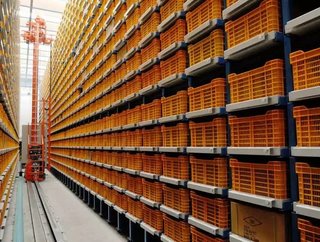Why next-day delivery margins are more about strategic warehousing than shipping costs

In the real estate industry, success has a lot to do with location. The same holds true in the world of e-commerce – as more businesses leverage strategically-located warehouses to reduce their overall delivery costs.
For a long time warehousing has been viewed as an execution function: get the product into a building and, when orders come in, ship them out. To maximize this function, many businesses now turn to on-demand warehouse providers that can store product in key locations around the country and, in turn, deliver product faster and less expensively.
No company understands this better than Amazon. Amazon gets great shipping rates not only because of its massive volume and clever zone-skipping strategies but also because its expansive warehouse network enables it to ship most orders within one shipping zone. A company with one West Coast distribution center is shipping their packages across 5-6 zones on average. Not only is the transit time unacceptable to the end customer, this decision is eroding margin.
A McKinsey study argues that you need 20 distribution centers to compete with Amazon.
SEE ALSO:
Most e-commerce companies are reliant on the shipping rates provided by Fedex, UPS or the postal aggregators for the outbound shipments to customers. When negotiating with these carriers, the only ways to effectively drive down shipping costs are to: increase volume to achieve a higher discount tier; use a discounted, slower service; or to shrink the distance products have to travel to reach the end customer.
These are not easy decisions and cannot be done in isolation from other supply chain functions. There are inventory carrying cost ramifications associated with duplicating inventory, and very few companies can sign up for the lease-obligations associated with 20 distribution centers.
That means these companies will likely need to rely on a third party for fulfillment. But even integrating with a national 3PL for that many nodes is a multi-year effort that requires long-term contracts and significant developer resources for integrations.
And it’s not as simple as just moving your product to a distribution center. Before a company even embarks on this project, it needs a robust order routing and inventory planning system to ensure that the products are in the right distribution center and that orders are sent to the best distribution node.
In short, driving shipping costs down will not come overnight (no pun intended). It will require a full-scale reevaluation of fulfillment networks, and any meaningful conversation about shipping costs needs to involve a discussion about warehousing too.






